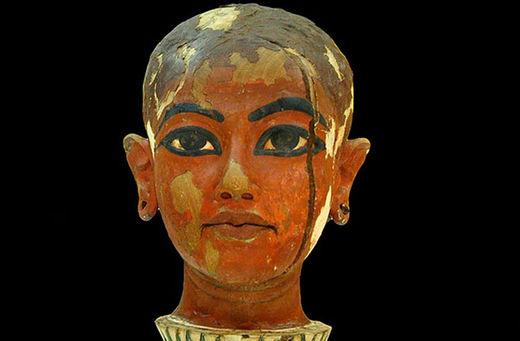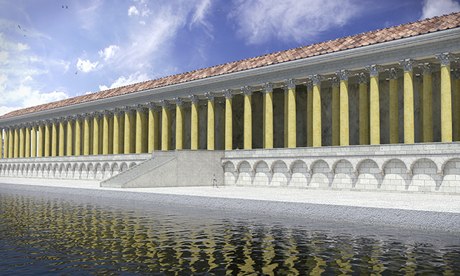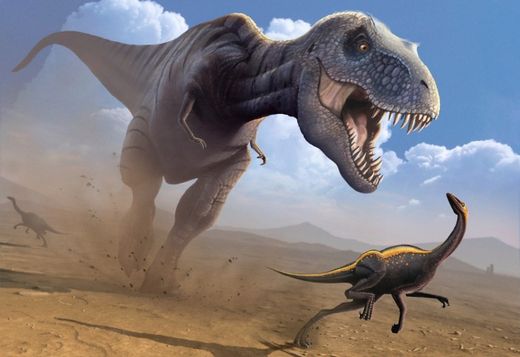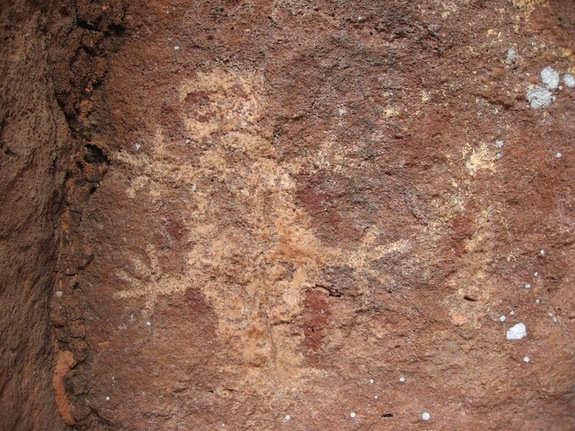
© Cape Cod Times/Steve HeaslipCopy photo of the Cape Cod Standard-Times from December 16, 1960.
Three years before that fateful day in Dallas 50 years ago, an assassination attempt on John F. Kennedy was thwarted by a New Hampshire postmaster, a small-town Florida patrolman and some quick investigative work by federal law enforcement officials.
The attempt on the president-elect's life was barely a blip on the news radar screen, overshadowed by a mid-air crash of two airplanes over New York City that killed 134 people.
In the
Cape Cod Times of Dec. 16, 1960, the arrest of Richard Pavlick got two paragraphs under a headline, "Man Tells Plan To Bomb Kennedy." According to that story, Pavlick, a New Hampshire man with a history of mental illness, had "cased" both Kennedy's summer home in Hyannisport and his winter home in Palm Beach, Fla., and told authorities after he was caught that security was "lousy."
The plane crash, along with a sparsely attended meeting about the fledgling Cape Cod National Seashore, dominated the top of the
Times page.
"The plane crash was a huge, huge story and that really swept, I think, a major part of this story underneath the table," said David Royle, executive producer of a Smithsonian Channel documentary on the assassination attempt called "Kennedy's Suicide Bomber" scheduled to air Nov. 17. "It was just one of those quirks of history and we all know from the news business how easy that can happen. You have a major story, a really significant one, and the next thing you know it's vanished. It's just pure luck the way that happened."
Pavlick's threat was real. The anti-Catholic zealot followed Kennedy across the country and had the means - 10 sticks of dynamite purchased from a New Hampshire hardware store - to carry out his plan, Royle said.
"I was pretty aggravated," Robert Rust, a retired assistant U.S. attorney in Miami reached by phone at his Coral Gables, Fla., home, said of the lack of attention Pavlick's attempt garnered. "When (the Smithsonian) came to do an interview, I said, 'Where have you been for the last 50 years?'"




Comment: Check out Laura Knight-Jadczyk's "JFK Series", which delves into the life of JFK and those who murdered him.